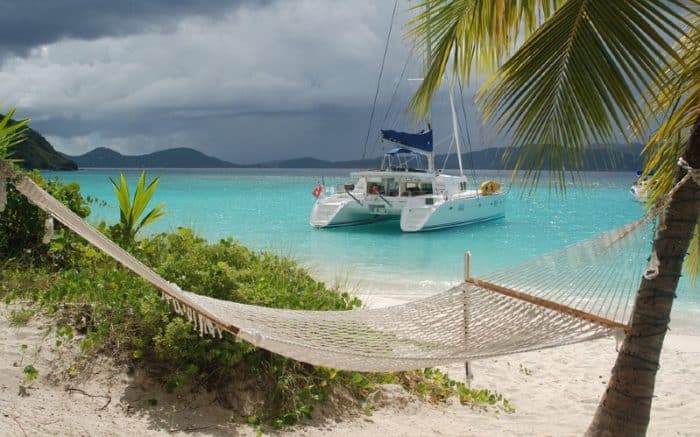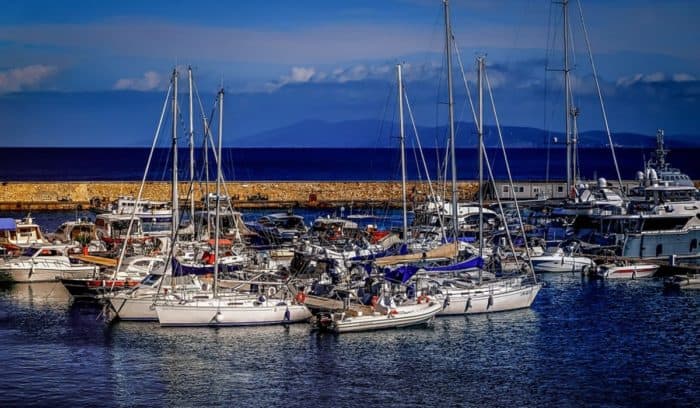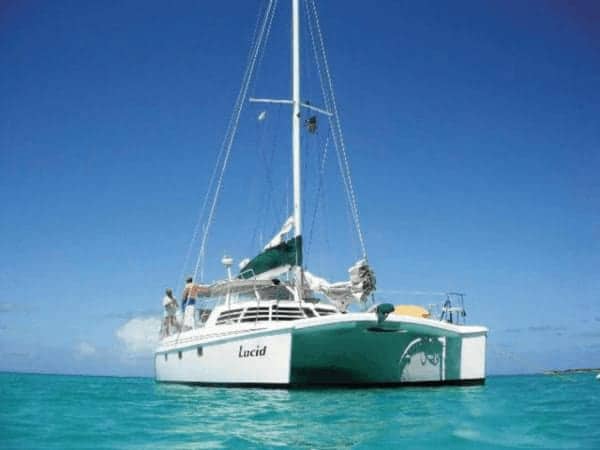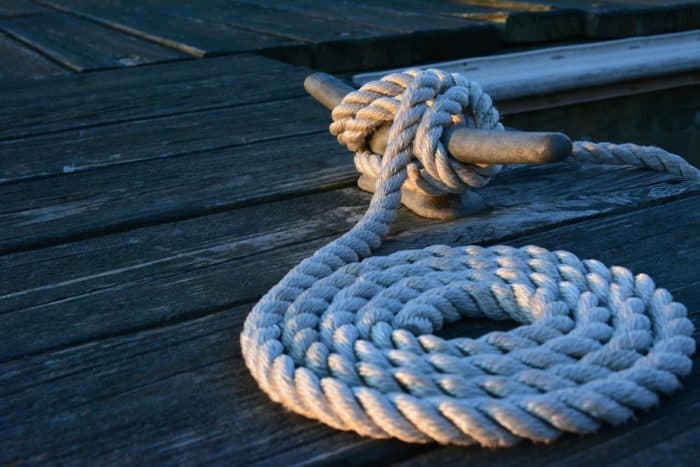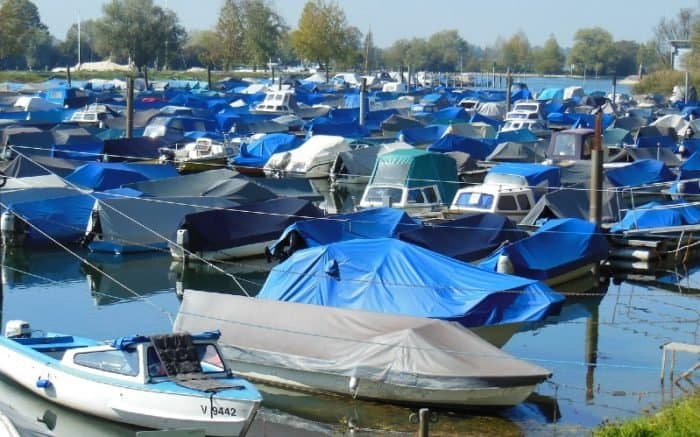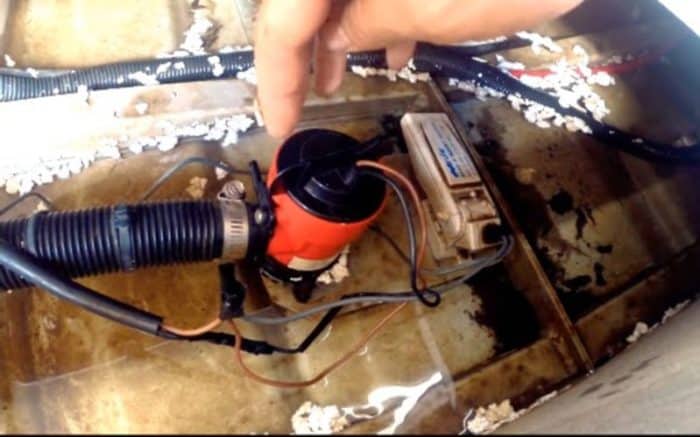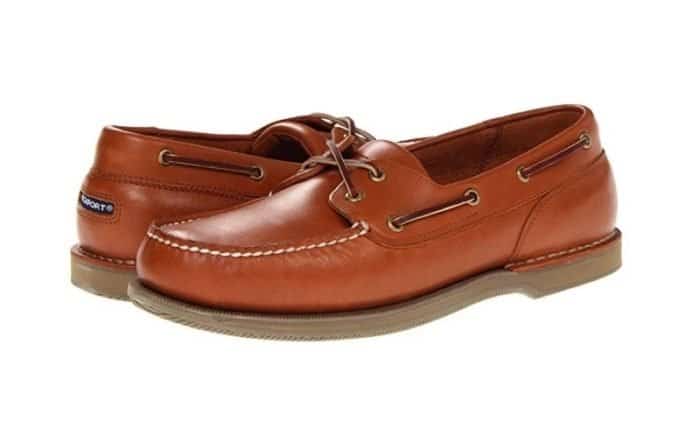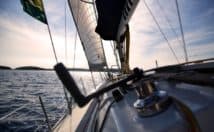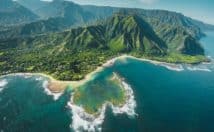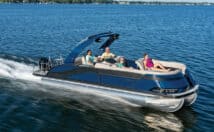Monohull Vs Multihull
There has been a debate in the world of sailing foe some year over monohull vs multihull. Is one superior? What are the benefits and drawbacks of each? It’s a layered question and both have some great upsides and a few downsides. Is one better? That’s likely up to the individual sailor. But we can help you make that decision by breaking down each one.
What are Monohull Sailboats?
A monohull vessel is a boat with one single hull. This is your traditional sailboat, fishing boat, yacht, whatever you please. As long as you only see one hull in the water, it’s a monohull.
What are Cruising Catamarans?
Multihull boats are often called catamarans or cruising catamarans. That’s how you describe a boat with two hulls side by side. If you have three hulls it’s still a multihull but you might call it a trimaran. The word “catamaran” is from the Tamil language. It means “logs bound together.” Ironically, these older catamarans which gave us the modern word were not multihulled boats at all, but monohulled rafts. Go figure.
Are Cruising Cats Better than a Monohull Sailboat?
Here’s the question every new sailor wants to know. Which boat is best? It’s not as easy as all of that, though. Let’s break down some of the differences.
Monohull Design: These boats have a keel under the hull to aid in balance and stability. If a monohull sailboat were to be pushed over, gravity would help that heavy keel right it again assuming it wasn’t capsized and taking on water. That said, a monohull may heel as much as 20 degrees at speed. The interesting thing about this is that it’s either a benefit or a drawback depending on how you like to sail. For some sailors, this heeling is part of the adventure of being at sea. For others it’s a nuisance that spills drinks.
Monohulls are traditional boats and the oldest sailing vessels. They are well balanced and sleek. For a lot of sailors, a monohull is ideal because there seems to be less boat to worry about. A lot of sailing is based on the idea that you’re in a monohull vessel. You might consider this classic sailing.
Multihull Design: Because the boat is balanced on multiple hulls, they do not displace as much water as a monohull. The weight of the boat covers a much larger area. Living quarters on a catamaran can be above deck and below.
The stability of a multihull cat is superior because of this larger area. A monohull can tip with too much sail where most cruising cats will not. Multihull boats rarely heel more than 5 degrees up to 10 degrees or so at speed. As such, sailing in a multihull is often considered more relaxing, if that’s what you’re looking for.
One thing to be aware of is that, with little heeling, you may be slow to notice bad weather. A harsh wind will push a monohull around a lot more than a multihull. Since the heeling is so slight in a multihull, the wind can really pick up before you start to notice you may be heading into dangerous weather.
Monohull Space: The living space in a monohull is typically secluded below deck. This is a limitation of the design because where else would you put any living quarters?
Multihull Space: Many sailors looking for creature comforts at sea prefer multihull sailboats because of the extra space. A multihull vessel will offer as much as 50% more space than a similarly sized monohull. Remember, you have two decks here and maybe a flybridge. This means more storage space as well. But, as we will see when we cover boat speed, this does come at a cost.
Monohull Comfort: A monohull boat will have some sway and that can lead to seasickness for some people. You get some roll and pitch that can’t be avoided. That said, for those who are used to it, it’s a very smooth motion.
Multihull Comfort: Seasickness is much less of an issue on a catamaran. The ride is stable and it means sleeping and cooking are relatively safe and comfortable as well. The big downside for comfort with a multihull is the slapping. It takes a while to get used to the water slapping against the hull in a catamaran. This is something you don’t experience in a monohull.
Monohull Appearance: This is a tough one to judge. After all, beauty is in the eye of the beholder, right? But many people do consider monohull boats to be sleeker and more visually appealing. Does that mean much on the open water? Maybe not. But think of it like a sports car. No one “needs” a Ferrari when a Volvo will get you there, too, but they certainly look cool.
Multihull Appearance: Because of the wide construction, catamarans are somewhat clunkier in appearance than a monohull boat. Not everyone feels this way but some people do consider multihulls uglier overall. This won’t affect performance in any way, of course.
Monohull Speed: The speed of a monohull boat is consistent and reliable but it’s generally slower than what you’d experience in a multihull. In fact, most cruising multihulls can get close to 25% more speed than a monohull sailboat. If you bump up to a trimaran they even sail faster. But that does come at a cost.
Multihull Speed: Even though a cruising cat can be faster, it won’t always be faster. A monohull sailboat is very consistent when it comes to speed. A catamaran is not. If you have a multihull boat that’s loaded with gear, it’s going to slow down noticeably. They have to stay light if you want to experience that speed. This is something most people do not consider, that the potential speed advantages will almost certainly be wiped out for any kind of serious blue water cruising.
So on a day trip for fun, you might choose a catamaran for the wind in your hair. But if you wanted to go on an extended voyage and still make good speed, a monohull could prove superior or at the very least equal. In practical terms, we don’t think there’s really much of a difference overall.
Monohull Sailing: When you’re pointed upwind, a monohull sailboat really shines. While a multihull is more stable much of the time, on rougher seas a monohull’s keel gives good balance and displacement. That makes for a better experience overall.
Multihull Sailing: Multihulls don’t point the same upwind as a monohull. As the waves pick up and the water gets rough, the feeling on a multihull goes from being stable and steady to decidedly unpleasant.
Monohull Anchoring: You do have to deal with limited anchorage when you’re in a monohull. A little bit of swell or shifting wind can make anchorage in a monohull a real problem. When you pull into a slip, docking and slipping fees will be much less in a monohull thanks to the limited space you’re taking up.
Multihull Anchoring: It’s typically much easier to manage this in a multihull. Changes in wind and swell have little effect on a multihull. You can also make use of many more locations not accessible to a monohull boat. The downside to this is trying to find space at a slip. Many slips won’t have room for a larger catamaran which is why you’re so likely to see them all anchored in a little bay or cove.
Monohull Maneuverability: Maneuvering a boat with a single engine or sails can take some practice and effort. This again is one of those things that some think is a drawback but others enjoy. There’s also the possibility that you’ll have better luck maneuvering a monohull in tighter spaces. If draft is not a concern, a monohull handles narrow rivers and channels better.
Multihull Maneuverability: The maneuvering of a multihull vessel can be a lot tighter and easier than a monohull. If you have two engines on a catamaran you can pull off a very tight 180 turn in a pinch, at least compared to a monohull. This makes navigating some marinas a lot easier.
Monohull Reliability: There is nothing inherently unreliable about the design of a monohull boat. These are, afterall, the old standby. But as we’ve seen there are some aspects that can be considered drawbacks. But a well made monohull boat should be reliable for many years.
Multihull Reliability: Like a monohull, there’s nothing that would make a multihull inherently unreliable. But it’s worth noting that if you have a catamaran with two engines, you have added reliability. If the engine on a monohull fails, you may end up stranded. If a multihull engine fails, you may still have a second to get you home.
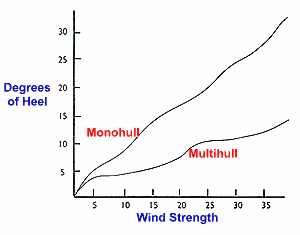
Multihull Safety: Generally speak, a multihull boat is safer. Less heel means they are less likely to flip or capsize. And, if they do, multihull boats are far less likely to sink. The speed of a multihull can be considered a benefit as it can give you an edge both in outrunning poor weather or getting to help in an emergency. Enhanced maneuverability can help avoid danger. Finally, the potential for an extra engine can also get you out of trouble as well.
It is possible to flip a multihull boat, but not easy. You’d likely need to be experiencing very high winds and waves to do this.
Monohull Draft: Your monohull boat will have a sizable keel under the water. For that reason, you’re going to need to avoid shallow waters. This can be a drawback for navigating some rivers and inlets, as well as getting closer to shore.
Multihull Draft: The shallow draft on a multihull means it’s easier to get a catamaran closer to shore. You can also make your way down some rivers more easily as a result. It’s entirely possible to take a catamaran right up onto some beaches. This is an absolute impossibility for monohull boats.
Monohull Costs: A monohull will almost certainly cost less to buy than cruising multihulls. Maintenance and upkeep costs are usually lower as well. If you’re on a tighter budget, a monohull is typically a better choice.
Multihull Costs: Aside from initial costs, catamarans often have higher associated costs. You’ll need double dock space and that means double dock fees. Also, because you have two of everything, you need to essentially do double maintenance. The major cost benefit for a cruising multihull is that you can expect it to have a higher resale value one day as well.
Fuel efficiency is a point in favor of the cruising catamaran. Less drag means it uses fuel more efficiently so you spend less to go further.
The Bottom Line
There are a lot of advantages to sailing with a multihull vessel these days. In fact, sailing catamarans really outshine monohull boats in nearly every regard that we have listed. But does that make them better? Honestly, it’s not a fair question. They’re two different things. They have advantages and they may be better for you and how you want to sail. But you may also really prefer sailing a monohull. You may like the look and the challenge and the feel of the boat better. Any sailor who has tried both knows there really is a totally different feel to taking on the sea in a monohull versus a multihull.
We recommend trying both if you get a chance. You may agree that a multihull has many more benefits for you and your family. But maybe a monohull is still the best choice
Categories: nauticalknowhow

